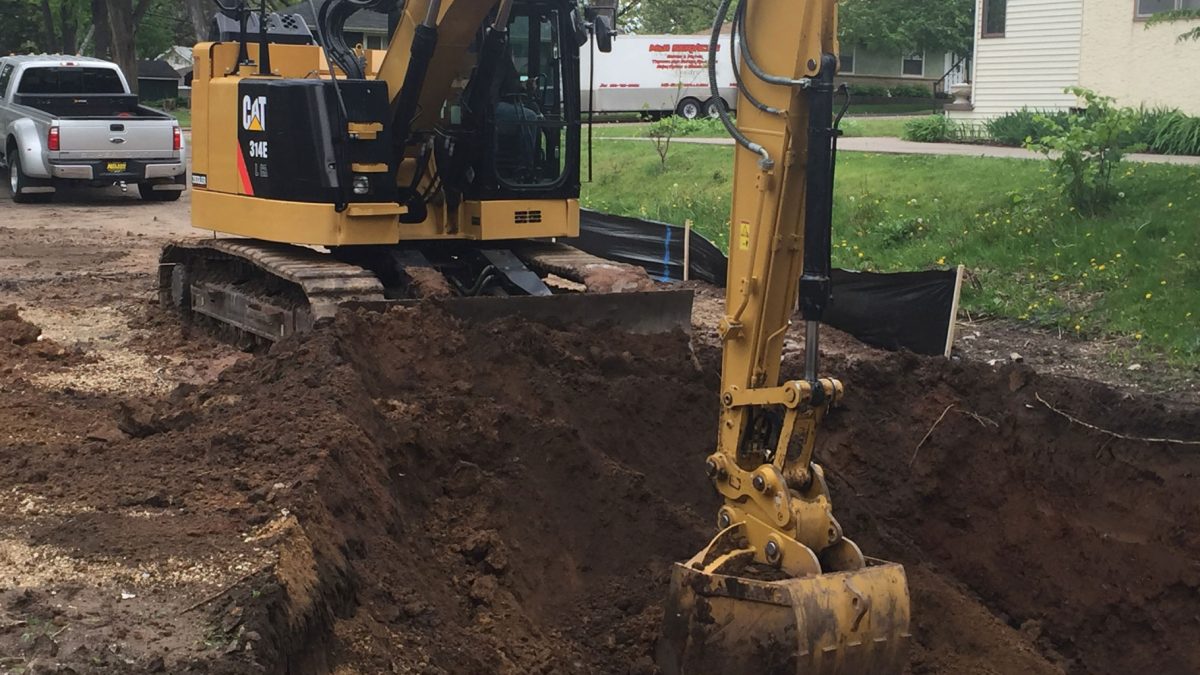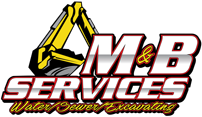
There is no question about it, manholes throughout the country are in desperate need of repair and manhole rehabilitation is much more commonplace. Larger cities tend to rehab dozens if not hundreds of manholes on a yearly basis. Considering it is less expensive to rehab a manhole as it is to excavate and replace, we can fully expect manhole rehabilitation to grow in popularity.
In order to receive the best manhole rehabilitation, an engineer must fully understand the condition of the manhole as well as the material and technology that is available. The engineer is going to need to take account of the current condition of the manhole to guide them through the rehab design. The major defects of the manhole will need to be defined and the main failure mode will need to be determined to select the best method for rehab. This part of the project is essential for the success of the project. Rehabs that consist of poor material selection or specifications that do not match the condition of the current manhole are destined to fail.
However, with recent improvements in technology, engineers are armed with a multitude of information that allows them proper manhole rehabilitation. Manhole inspection software is able to synchronize between a GIS system that will provide an individual with the latest view of the manhole and the pipeline network Just one database may contain all the links to manhole locations, photos, GPS points, traffic needs, real time data, flow conditions, as well as maintenance history. All of this essential information will allow the engineer and contractor the details they need for a proper rehab, making the job not only easier but leaving less room for error.
Manhole Rehabilitation Strategies
- Cured-ln-Place – Fiberglass
When a manhole requires structural reinstatement, this is a non-disruptive method that will solve the need for a permanent repair. There is no need for excavation or even to have the pavement cut.
- Chemical Grouting
A pressurized sealant will help to penetrate the infiltrated areas and stop any leaks within seconds. The grouting is a quick fix that last for years with limited repairs.
- Epoxy Topcoats
A chemical resistant Epoxy barrier is able to be sprayed in order to provide an extra layer of protection against harsh gases from the sewer.
- Brick-and-Block Manholes
Cementitious applied sprays will be absorbed into the block or brick and help to form a waterproof barrier that will protect against corrosion and chemicals.
Replacement
In some cases, such as when a manhole cover has been so badly damaged or has poor structural integrity, a replacement may be the best option. This process will require a worker to dig out the manhole and replace it with a new structure, that has been formed with precast concrete or a high-density polyethylene
Application, Inspection
When considering the application of a specific rehabilitation technique, one must consider the applicator has the appropriate experience with the system.
If the particular rehab model features a coating, the applicator should know about the manhole conditions as well as a full understanding of the substrate. An example of this would be considering a small space, the coating would not be able to be spray applied, but applied through the use of a spin cast or trowel. There are a number of porous surfaces which would require a primer in an effort to minimize pinholing and off-gassing. Additionally, there may be some temperature control issues, the area may need to be either heated or cooled, depending upon the specific condition.
Quality control and inspection are vital aspects to the quality manhole rehabilitation. During the process, it is recommended to have a qualified inspector present at all times. There will be a number of times throughout the process that problems will arise and can be fixed before the next step begins. It is important that ongoing testing is performed to help identify any possible weakness throughout the construction process. Tensile strength testing, pinhole testing, water drop testing and visual exams are all various ways in which one can ensure that any possible problems are corrected before the project is completed.
